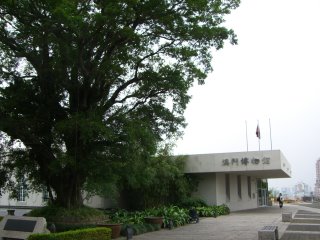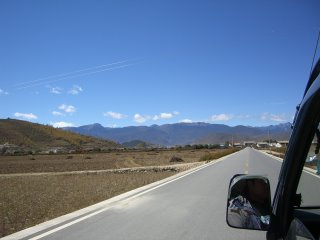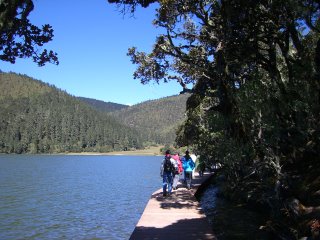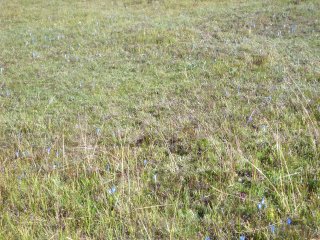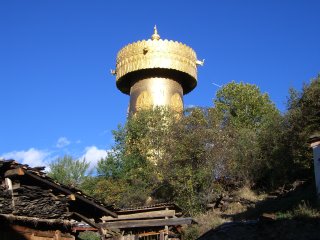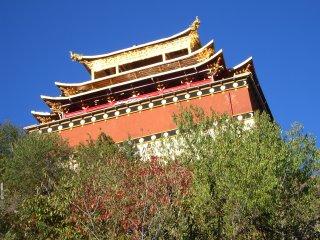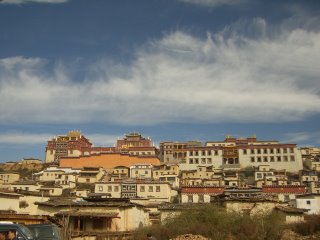Macau (click on the pictures for large images)
We had a day trip to Macau, a former Portuguese Colony for over 442 years. Macau returned to China in 1999. Hydro foil shuttle took us from Hong Kong to Macau in less than one hour (Approx. 40 sea miles). Macau is a very small place (only 28 sq. KM) and the major industry are gambling and tourism. We stayed at one of the casinos for about 1 hour and went straight to the famous attraction the Sam Ba Sing Tzik , the front wall of a burned down St. Pauls Church and the Monte Da Guia. The Macau museum was located at the same site. We agreed that Macau museum is the must go place when visiting Macau.

St. Paul's was designed by an Italian priest and was constructed on one of Macaus seven hills, with the help of the Japanese. The foundations were laid in 1602 and completed in 1637. The church experienced 3 fires, one after another, with the church being re-stored and re-built each time. The final fire in 1853 was the most devastating, leaving just the front wall of the church V actually the most sacred part.
Above the The Sam Ba Sing Tzik , you can see the old and the new of Macau.
The Monte da Guia fortress is located on the highest of the seven hills in Macau, more than 90 metres above sea level. The fortress was built in the 1630's and was originally used to defend the border. Located here is also a chapel which has been dedicated to Our lady of Guia and contains an image of the Virgin that local legend says left the chapel and deflected enemy bullets with her robe during the Dutch attack of 1622.
Macau museum. We started our class of Macau history 101 ...
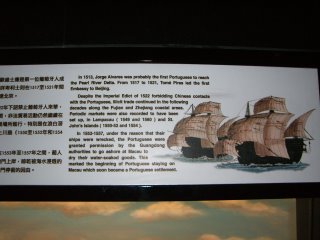
Inter-racial marriage. The living room of their house.
Traditional Chinese household in the past.

This was the old "Limo" that took the bride to the groom's place.
At this spot I thought I was at somewhere in Europe..
This is the best bakery to buy "Lo Por Cake" (Wife's cake) as a gift back to Hong Kong.




